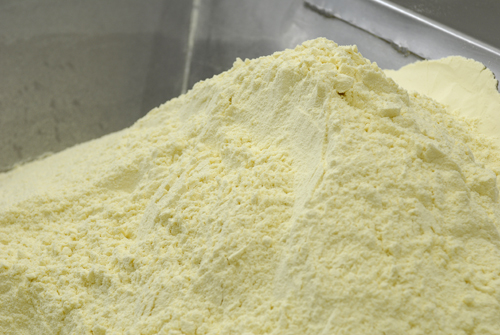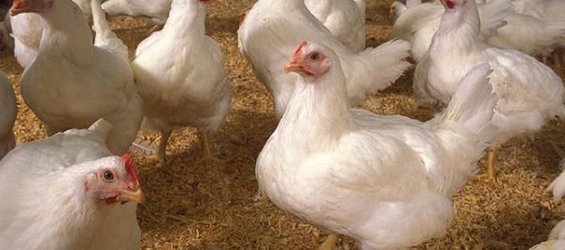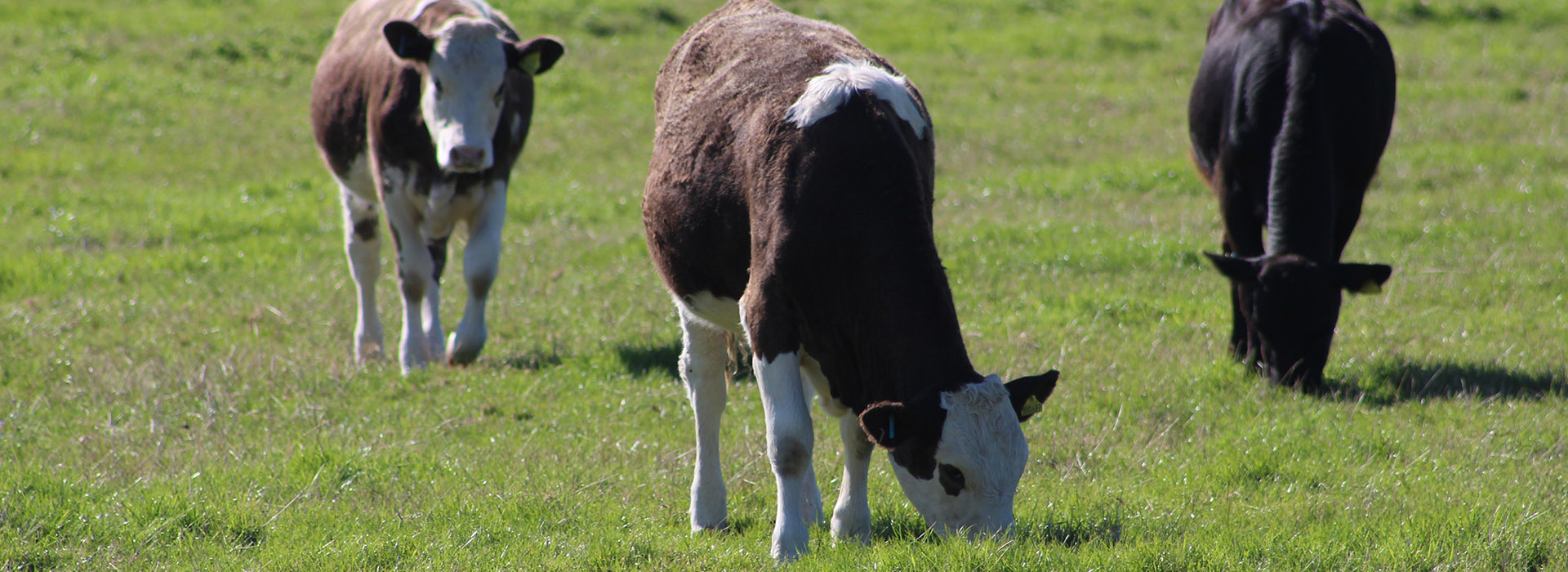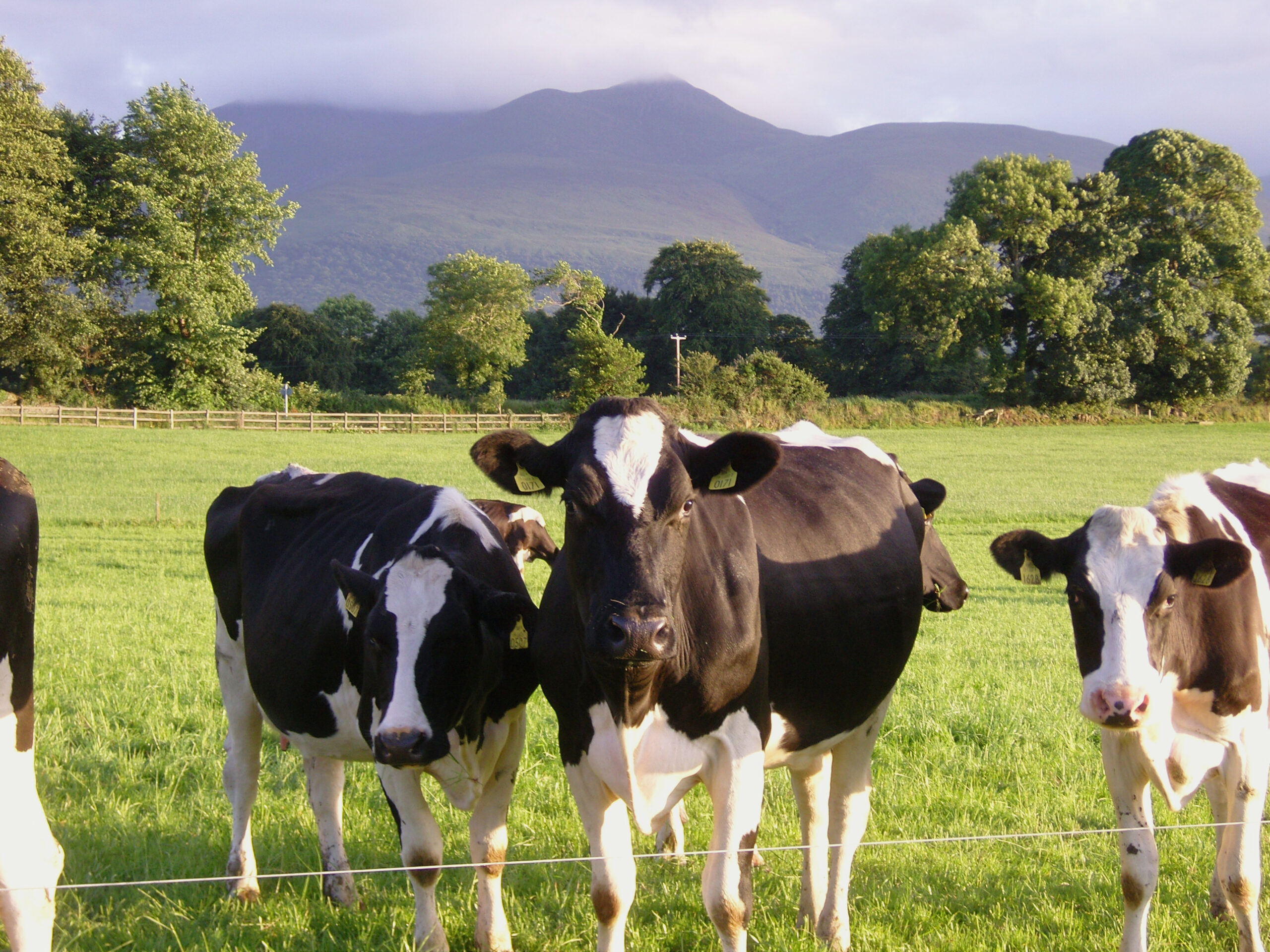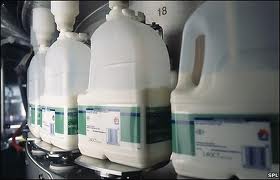The latest forecasts from Andersons Friesian Farm show good returns for the current year, but producers are being urged to use the profits wisely to set themselves up for an uncertain future in the wake of Brexit.
Friesian Farm is a notional business running 150 cows and their replacements on a year-round calving system for a liquid milk contract (but not supermarket-aligned). The farm comprises 100 hectares (of which 40 hectares are rented on an FBT). The proprietor provides labour along with one full time worker (plus casual/relief). Milk yields are around 8,000 litres per cow. The table below clearly shows the rollercoaster of profitability that all dairy farms have seen since 2014/15. The farm’s performance for the previous three milk years, is based on actual returns and costs. An estimate is given for the current 2017/18 year, and a forecast for 2018/19.
| ANDERSONS FRIESIAN FARM – Source: Andersons The Farm Business Consultants |
| Pence per litre |
2014/15 (Result)
|
2015/16 (Result)
|
2016/17 (Result)
|
2017/18 (Estimate)
|
2018/19 (Forecast)
|
| Milk |
29.0
|
22.7
|
23.2
|
27.9
|
27.1
|
| Culls & Calves |
2.8
|
2.6
|
2.6
|
2.8
|
2.8
|
| Output |
31.8
|
25.3
|
25.8
|
30.7
|
29.9
|
| Variable Costs |
13.5
|
12.0
|
11.5
|
11.9
|
12.0
|
| Overheads |
10.6
|
9.8
|
9.6
|
9.8
|
10.1
|
| Drawings |
3.0
|
2.9
|
3.0
|
3.1
|
3.1
|
| Rent & Finance |
1.7
|
1.8
|
2.0
|
2.0
|
1.9
|
| Cost of Production |
28.8
|
26.5
|
26.1
|
26.9
|
27.2
|
| Margin from Production |
3.0
|
(1.2)
|
(0.3)
|
3.8
|
2.7
|
| BPS (SPS) |
2.1
|
1.6
|
1.8
|
1.8
|
1.7
|
| Business Surplus |
5.1
|
0.4
|
1.5
|
5.6
|
4.4
|
The high milk price in 2014/15 resulted in good returns for the year. But the collapse in dairy markets can clearly be seen in the results for the following two years. Whilst costs fell due to cheaper feed, fuel and fertiliser, the Basic Payment was required to lift the farm back into profitability. The current, 2017/18, year has started with a much-improved milk price. Commodity prices are strong, particularly for fats and with no signs of a production surge, the milk price could average nearly 28ppl. In addition, it was feared input costs would rise due to the weakening of the Pound, but this has been by less than expected, helping to deliver a budgeted return of 3.8ppl from milk production for Friesian Farm; higher than the level seen before the crisis.
Looking further ahead for 2018/19, the current prospects are reasonable. An increase in milk production is expected which is forecast to weaken the milk price and there is likely to be be some cost inflation to work through the system, but profitability remains stable. The end of the 2018/19 milk year coincides with the date of Brexit. The final outcome remains clouded in uncertainty, but the UK’s future trading relationship with the EU will be a huge influence on the domestic dairy industry. An arrangement that preserves current trade flows would be the least disruptive to markets. If no deal can be done, then tariffs would severely impede trade (in both directions). It should be remembered that the UK is a net importer of dairy products, so there might be opportunities for import substitution. Prices might even rise in a protected domestic market. The UK processing sector would have to be re-orientated to adapt to these new demands however. Over time, any boost to prices from restricting EU products would likely be eroded as the UK does trade deals with the likes of Canada, the US, Australia, New Zealand and South American countries.
Upon Brexit, it is clear that the UK will no longer be part of the Common Agricultural Policy. Whilst the government is making the right noises about guaranteeing funding for agriculture (until 2022), it is likely that farmers will be required to ‘do more’ than under the BPS to access this support. All this means that dairy businesses need to use the current period of better profits to prepare for the future. This might be investing to reduce production costs, or paying down borrowings.
